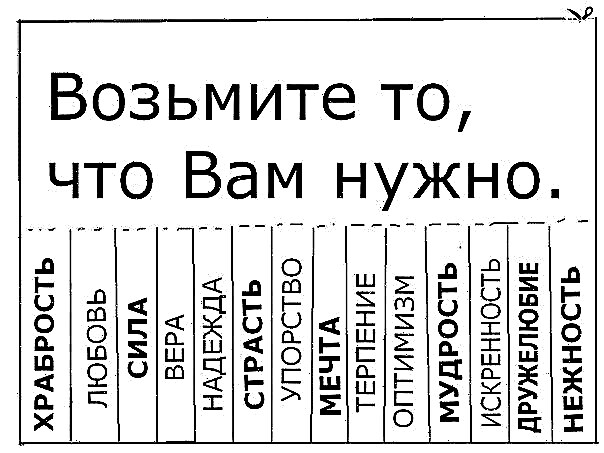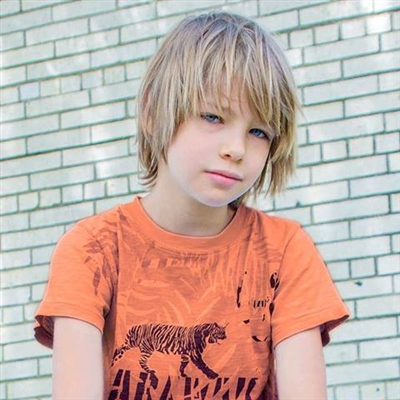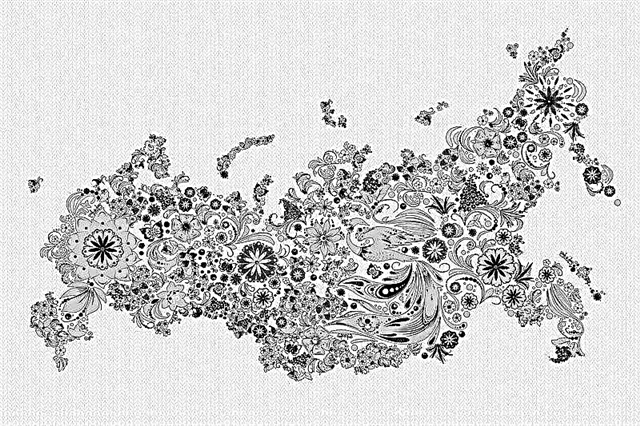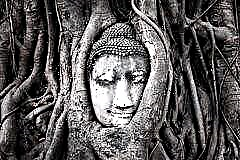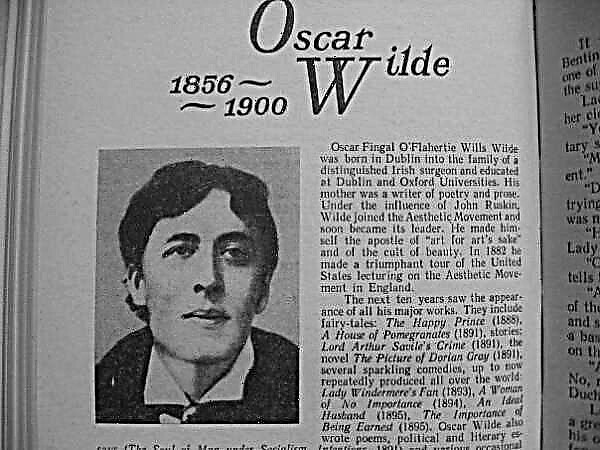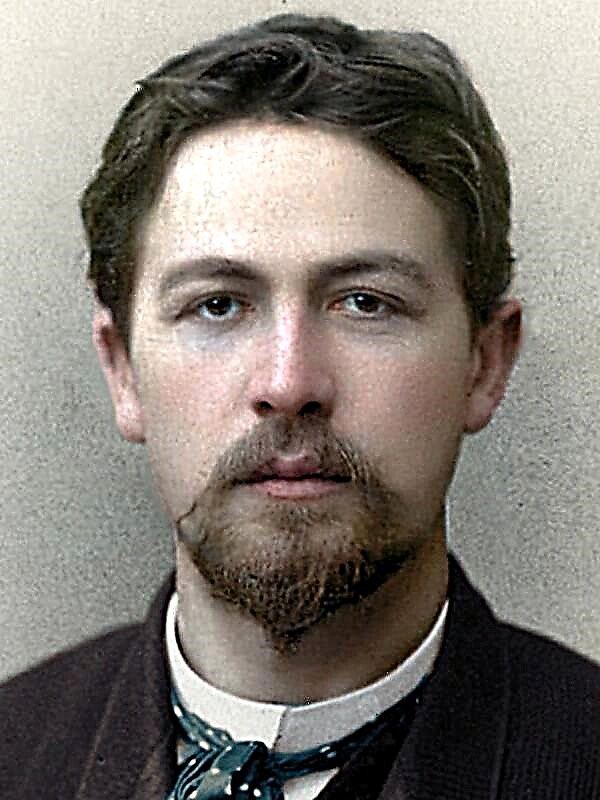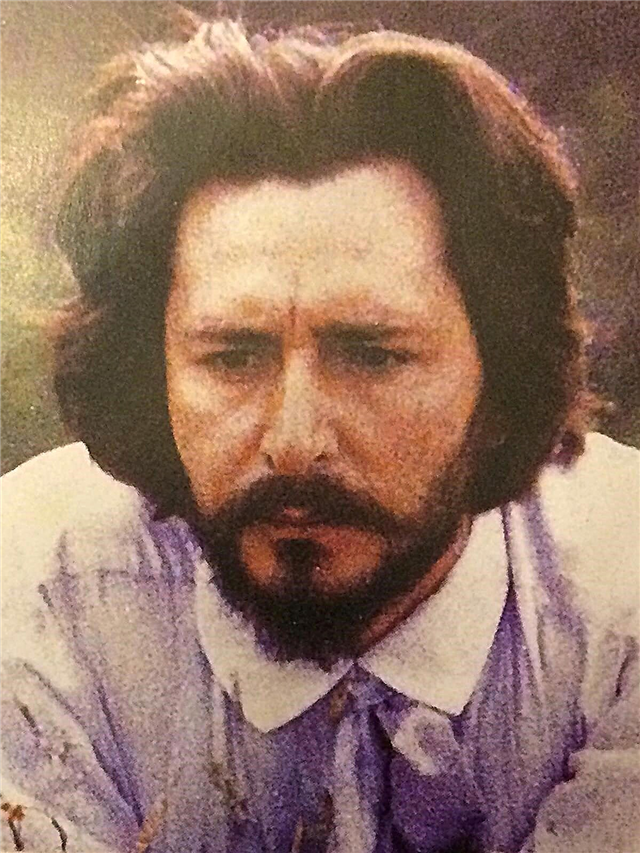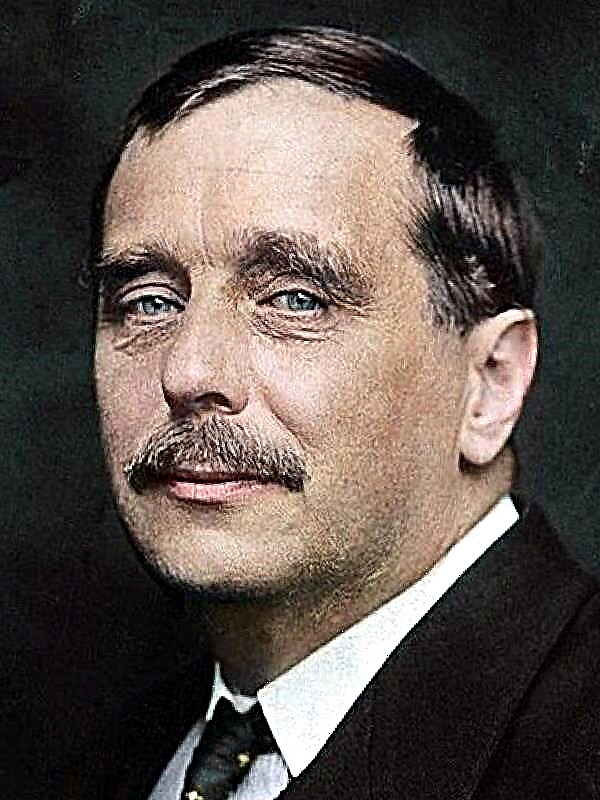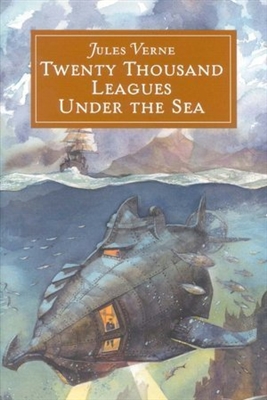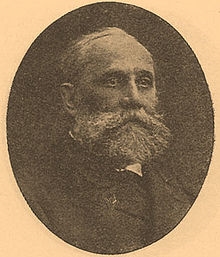(291 words) Maxim Gorky repeatedly addressed the concepts of “morality” and “spiritual torment”, forcing the reader to plunge into the atmosphere of harsh truth. The famous play “At the Bottom” is a reflection of the author’s philosophy, which reveals answers to the most controversial questions, one of which is cruel truth or a lie for good?
Luke and Sateen are two complete opposites with their own outlook on life. If for a stranger who came, a lie is a salvation from the real horrors of existence, for a dweller, a lie is a “destruction of reality”. And the only person who can resolve their dispute about the “primacy” of these concepts is the dying Anna. In every possible way, Luka tries to cheer Anna up, talking about the future after death and eternal bliss, while he “promises” other “household members” deliverance from alcoholism, true love and freedom. Satin is tough defending the truth, destroying their possible plans. And the hope that arose in their heart disappeared just like Luke himself. Be that as it may, the outcome is already clear: The actor hanged himself, Anna died in fear, and Ashes in prison. But is it possible to tell a person on his deathbed that he will “remain in eternal darkness”, destroying him also morally? Or is it necessary to say that he does not amuse himself with vain illusions? The playwright tries to answer this question by choosing the position of Satin. Truth is dear to him, because it helps people to really assess their position and get out of it.
Maxim Gorky shows the reader what is called “whirlpool”: here everyone has one common problem - the lack of motivation, and this is what pulls them “to the bottom” even more. Luke gave them this chance, but people could not use it, because they were weak-willed and weak - like a cart without wheels. “I want to be free, but I can’t break the chain,” Satin says, making the reader believe that he does not have the opportunity to create a better life, but this is just a pretense - a real lie.

